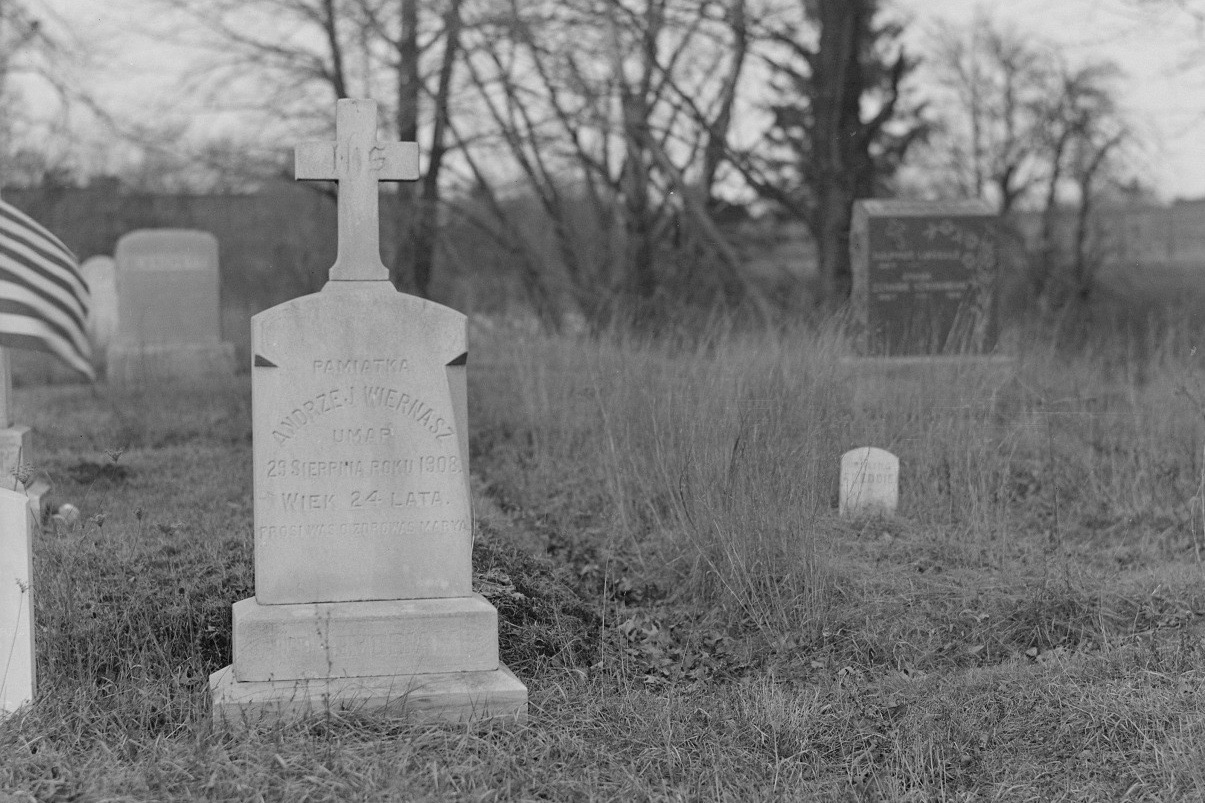Tongue firmly in cheek: I’m beginning to think that Santayana’s quip, “Those who do not remember the past are condemned to repeat it,” should be added to Scripture, because it has proven to be pretty infallible. (Okay, okay, it shouldn’t be added to Scripture…it lacks apostolicity, universality, etc., etc.)
Sound Familiar?
My new context at Cathedral Church of the Advent has me reflecting a lot on the history of the Church of England, and right now I’ve been fixated upon the events of the mid- to late-1800s, which served to influence radical shifts in both the Church of England and the Episcopal Church in the United States. We take many of those changes for granted today. It’s downright SHOCKING to read about the controversies of this era and what the debating parties said and believed. (Let’s just say that one pastor issued brass knuckles to his congregants as a result of this turmoil. I’m not kidding.) And there are some very uncomfortable parallels with some trends in modern American evangelicalism that make me at least a little more concerned about the resurgence of liturgical interest among folks like me.
Anyone who is interested in, dabbling in, swimming in, drowning in historic liturgy needs to be aware of what is variously called the “Oxford Movement” or the “Tractarian Movement.” In the nineteenth century, there arose a group of pastors, churchmen (and women), and leaders in England who were finding life in the rediscovery of the church’s forgotten traditions of the pre-Reformation era. Spurred on by some probably healthy desires to connect the worship and life of the church with more ancient tethers, young pastors and leaders like Edward Pusey (1800-1882), John Henry Newman (1801-1890), John Keble (1792-1866), and John Mason Neale (1818-1866) were digging through history like pirates finding buried treasure. They were enthralled by the beauty, mystery, reverence, transcendence, color, and life of old, forgotten hymns of the church and liturgical practices long cast aside. Sound familiar?
I Empathize…Deeply
I share, quite deeply, many of these sentiments. When I was first starting out as a “professional” worship leader, the recovery of old hymns and liturgical prayers and practices lit my fire. And it still does. In fact, John Mason Neale was (and still is) a hero to me. Many don’t realize that the Oxford Movement’s retrieval of forgotten hymns gave us some of the greats that we would not otherwise have. Classic example: “O Come, O Come Emmanuel,” a 12th century medieval Latin hymn (Veni, veni Emmanuel! Captivum solve Israel!) that Neale re-discovered and translated into English so that we, even today, weep every Christmas as we cry out for our longed-for Messiah. I can only hope that as I and others retune and re-give old hymns to the 21st century church, maybe something similar will be recovered, restored, and perpetuated for the sake of Christ’s church. However…
Always and Only for the Sake of the Gospel
The more I am reading quotations and analyses of the first hand accounts of the Oxford Movement, the more concerned I am that we who care about retrieving historic practices of the church take heed of the now encrusted and (in my opinion) negative consequences of the movement’s success. Cutting to the chase, the movement was so dazzled by “the beauty of the liturgy” and the connectivity with the ancient that the core of what made those things valuable and gave those things life—namely, the Gospel—was obscured, if not lost.
Brothers and sisters, recovery of hymns and liturgy must never be for its own sake, but always for the Gospel’s. The only thing that should dazzle us is God on a cross. All rituals, practices, formalities, and ancient accouterments should aid and abet that one reality. Insofar as ancient liturgy and historic hymns lead us to wonderment at the fact that while we are great sinners, Christ is a great Savior, I say, “Bring it on.”
Idol-Factories, Forever and Ever Amen
But the irony is you and I will make an idol of anything…even the thing that is intended to lead us to Jesus! This is my diagnosis of the Oxford Movement, by and large, and this is my concern for this current era, which shares some similarities in zeal and aim. As the Oxford Movement took hold and took over (it’s still quite discernable in American Anglicanism today), the window between the Christian and Christ, which Reformers like Cranmer worked so hard to clean, once again became smudged and smeared.
One of the things that I love about Bryan Chapell’s game-changing book, Christ-Centered Worship, is its call for retrieval of the shape of historic Christian liturgy precisely so we might recover the Gospel’s narrative in our worship services. I imagine that our retrieval of hymns and liturgy should look something like this, contextualized for our local flocks and expressions. Therefore, as we proceed in mining the jewels of the past and polishing them off for the present, I propose a simple, evaluative question: Does this practice help to lead our people toward or away from Christ and His finished work? I don’t think this is a one-size-fits-all question. I think it needs to be asked perpetually, prayerfully, and locally. But, literally for Christ’s sake, we must ask it. Our gods can only dazzle for so long before they devour us.
In other words, as we dig for treasure, let’s make sure we’re not digging our own graves.


2 Comments on “Concerns about the Resurgence of Liturgy”
I assume you also have read Dom Gregory Dix's The Shape of the Liturgy. If not, you really need to.
Read Dix=Lose job
Discarded by most because of its lacking academic and historical credibility (he made stuff up), but has magisterial authority for Anglo-Catholics. As we called him in seminary, "Dim Gregory Dox."